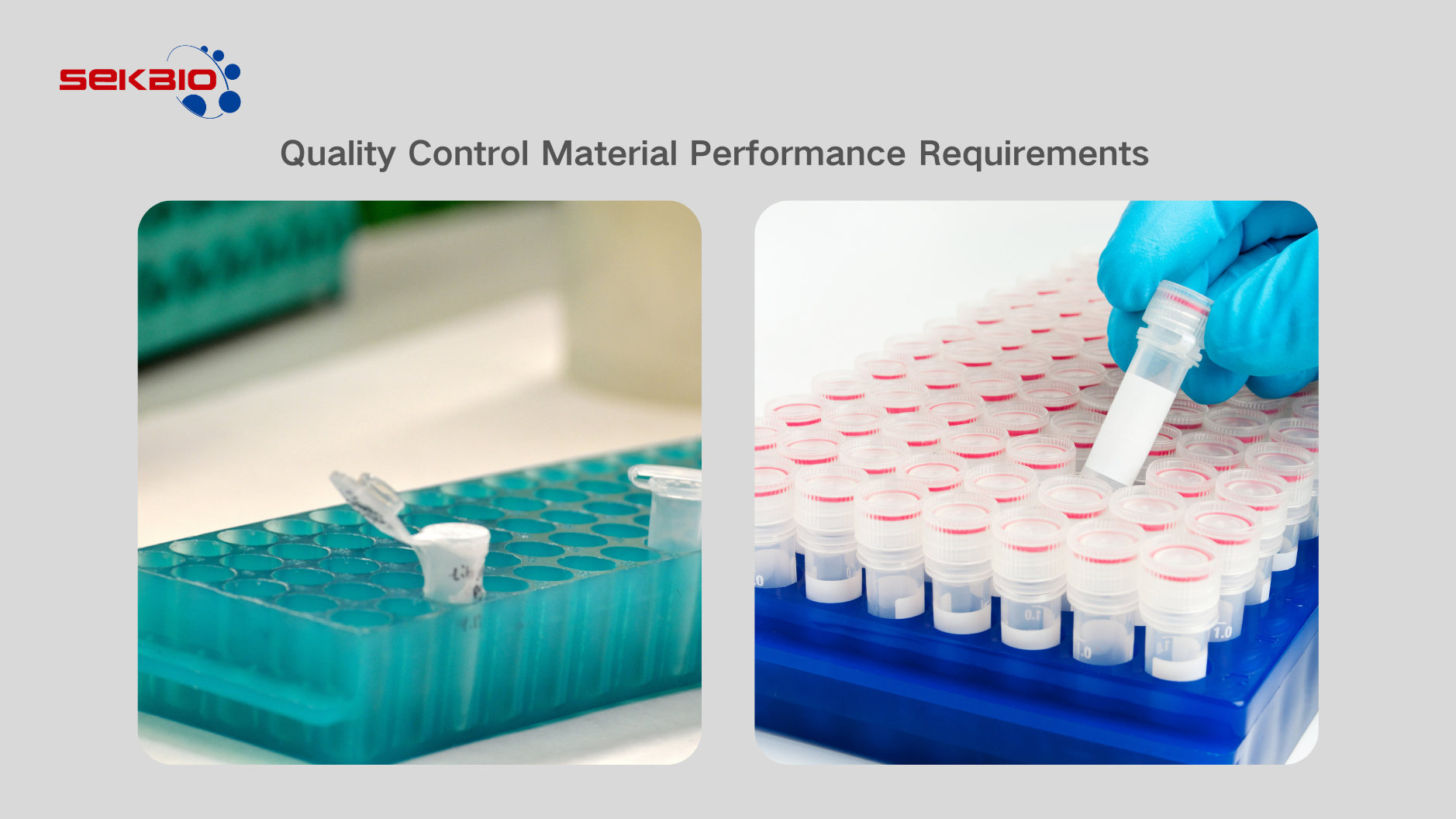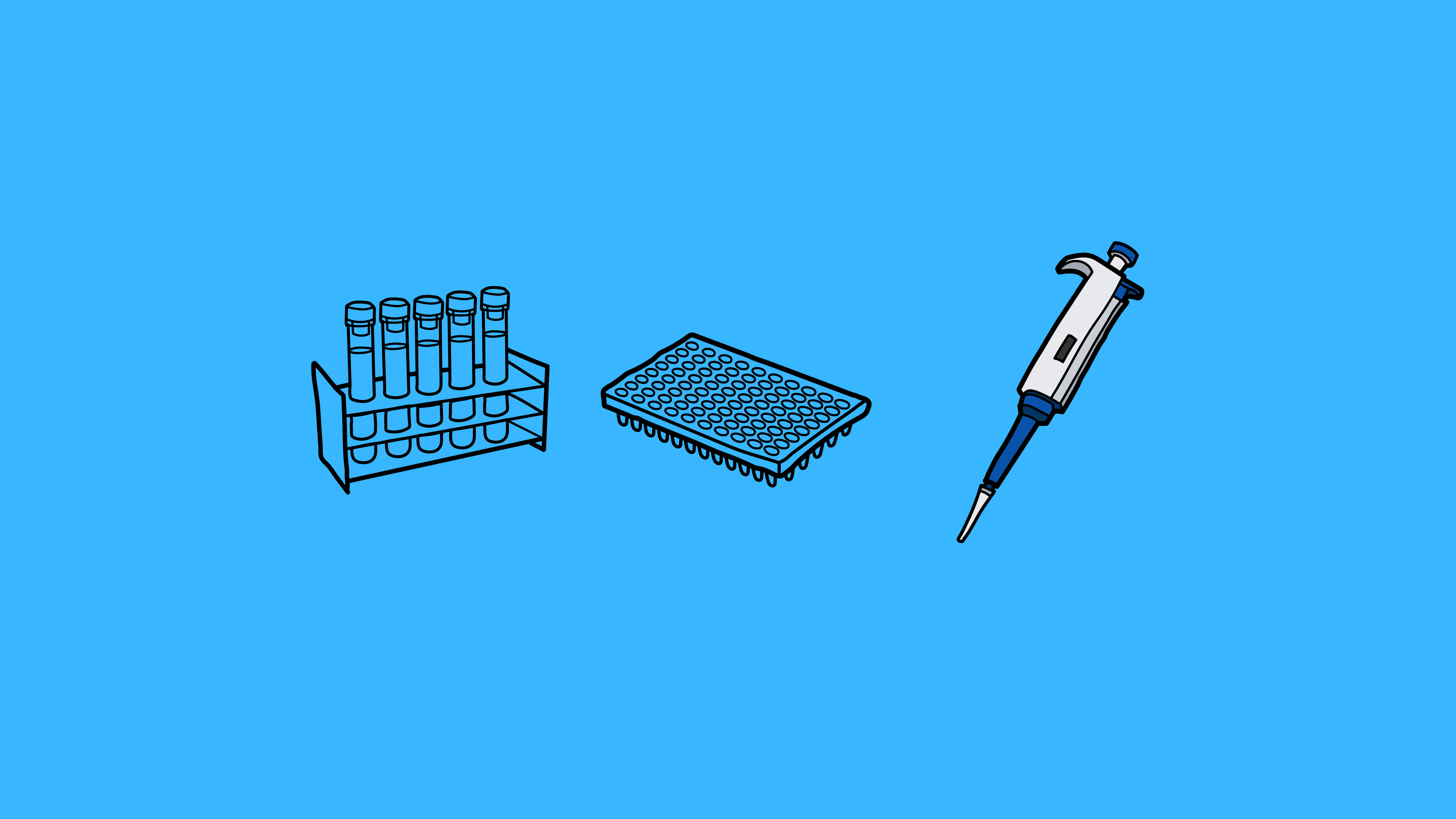Enhancing Laboratory Quality Control: Ensuring Precision and Stability in Detection Systems

The purpose of laboratory quality control is to monitor the status of the detection system. Therefore, the most important principle in choosing quality control materials is to accurately reflect the actual status of the detection system. Therefore, good quality control materials must ensure the following points are well taken care of.
1. Good Stability:
Quality control material stability consists of two aspects: stability before opening and stability after opening. Stability before opening determines the shelf life of each batch of quality control material. When drawing quality control charts in the laboratory, it is necessary to calculate the target value and standard deviation. To ensure the accuracy of these two parameters, long-term and large-scale quality control data are required, covering various actual changes in the laboratory, such as inter-batch differences in reagents and calibration materials. This enables the drawing of quality control charts that conform to the normal state of the detection system, facilitating the timely and effective detection of abnormal situations in the detection system. Additionally, regulations related to quality control stipulate that parallel comparisons between new and old batch numbers of quality control materials are required when changing batch numbers of quality control materials. Therefore, using quality control materials with longer shelf life can reduce the frequency of parallel comparisons, thereby reducing workload and costs incurred by the laboratory due to parallel comparisons.
Good stability after opening ensures that each bottle of quality control material is maximally utilized, reducing waste. The ideal situation is that after opening, the quality control material in the bottle is completely used. Therefore, attention should be paid when selecting quality control materials according to the opening stability period, laboratory usage frequency, and the amount of each test.
2. Small Inter-Bottle Variability:
The purpose of laboratory quality control is to accurately reflect the status of the detection system. However, the laboratory's coefficient of variation (CV) in routine testing includes both the CV of the detection system and the differences between quality control bottles. Therefore, only by minimizing the inter-batch differences of quality control materials can the true situation of the detection system be reflected. It is worth emphasizing that when using freeze-dried quality control materials, operators should follow standard operating procedures and attach importance to every step before, during, and after reconstitution. This is critical to ensuring the reliability of quality control materials during use. This includes selecting the appropriate water for reconstitution, choosing and cleaning pipettes, and carefully reading the instructions to note any steps that may affect the quality of the reconstituted solution. Only by carefully reading the instructions can one know which analytes can be aliquoted and stored, and which ones cannot.
Proper storage and preparation before analysis should be ensured after reconstitution to avoid introducing inter-bottle variability due to human error, which may affect the evaluation of the detection system. The use of liquid quality control materials can reduce inter-bottle variability introduced during reconstitution, and an increasing number of laboratories are beginning to use liquid quality control materials.

3. Concentration Levels of Quality Control Materials:
The medical decision level has significant clinical significance, so it is essential for the laboratory's detection system to accurately detect near the medical decision level. To monitor this effectively, quality control materials with concentration ranges near the medical decision level should be selected. In routine operations, it is also necessary to monitor whether the calibration curve of the detection system has changed and whether results within the reportable range have shown significant deviations. Therefore, quality control materials should also be selected at concentration levels near the upper and lower limits of the reportable range.
Some laboratories are accustomed to monitoring the detection system using a single-level quality control material, but a single-level quality control material can only represent one point within the reportable range, unable to reflect the results of analytes at higher or lower concentration levels. For conventional quality control to be effective, a quality control material should be selected at the medical decision level, and another one should be selected at the upper and lower limits of the reportable range, indicating the need for at least three concentration levels of quality control materials.
4. Multi-Component Composite Quality Control Materials:
- Simplify the types of quality control materials in the laboratory and reduce the storage costs of quality control materials.
- Reduce workload and improve work efficiency.
- Minimize waste caused by the failure or expiration of quality control materials.
The higher the degree of composite of quality control materials, the smaller the losses mentioned above.
5. Comparison of Quality Control Data:
In addition to considering the repeatability of the detection system, laboratories should also consider the existence of biases. Because the total error of the laboratory is composed of both random error and systematic error.
We can compare the quality control data with other laboratories to confirm whether there are problems. Ideally, it is best to find other laboratories that use the same detection system (including consistent instruments, reagents, calibration materials, and batch numbers) and compare the results of testing the same samples. If the test results are consistent, it can be considered that the laboratory system is normal; otherwise, if the test results of this laboratory are inconsistent with those of other laboratories, it can be considered that there is a problem with the system and it needs to be corrected.
For most laboratories, it is difficult to find a certain number of laboratories that use the same detection system for comparison. At this time, participating in large-scale inter-laboratory quality control comparison programs can easily find comparison groups that are consistent with the laboratory detection system.

















